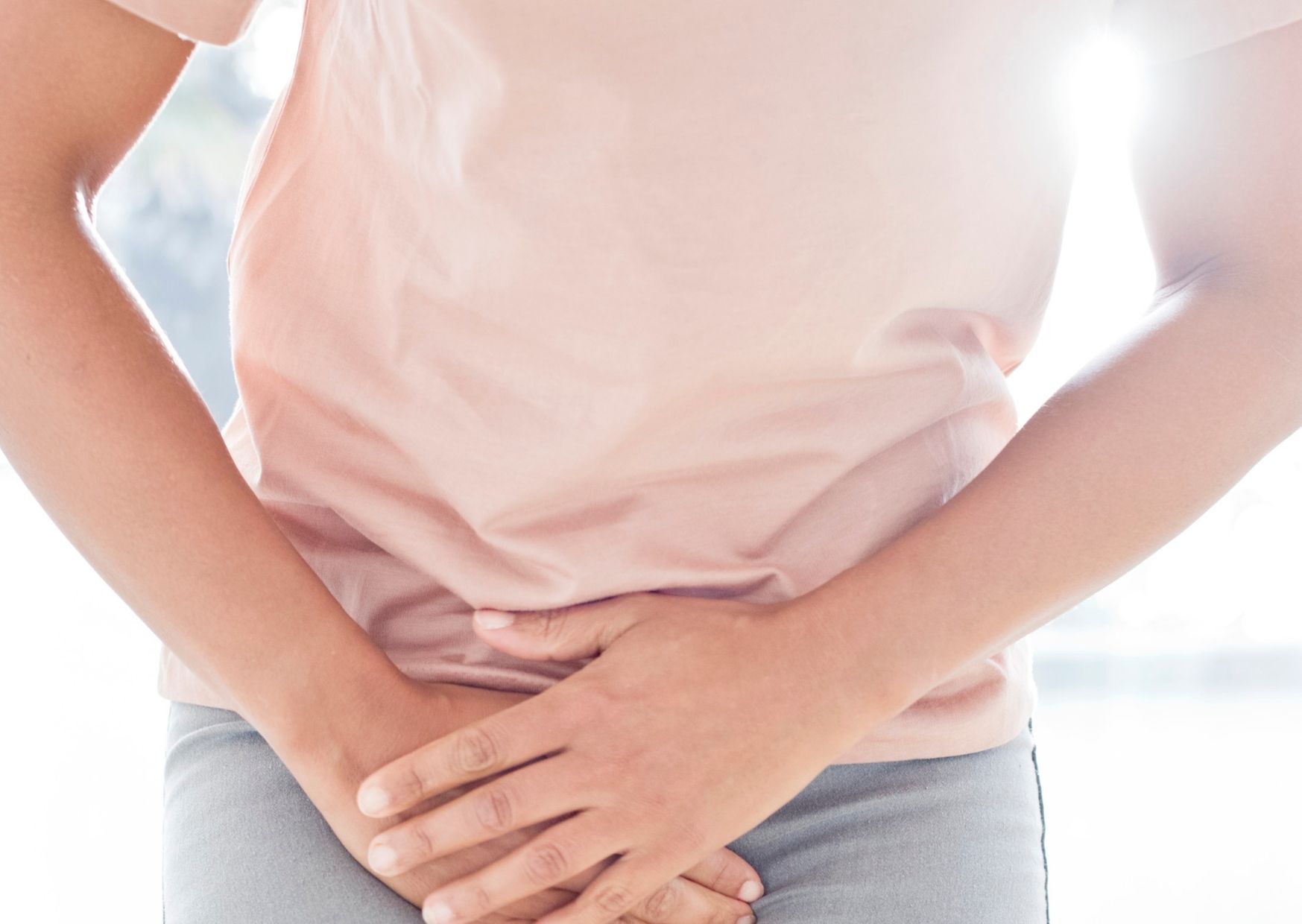Submucosal fibroids: these are fibroids that project into the cavity of the womb and are particularly associated with heavy periods and miscarriage or difficulty conceiving.
Intramural fibroids: these fibroids are deep in the muscular wall of the womb and may be associated with heavy bleeding or pressure symptoms.
Subserosal and serosal fibroids: the serosa is the surface of the womb and these types of fibroids are just below or on the surface respectively and are most likely to cause pressure symptoms.
Pedunculated fibroids: these fibroids are attached to the surface of the womb by a stalk and can cause pain (if they twist on their stalk) and/or pressure symptoms.
Extra-uterine fibroids: this is extremely rare but fibroids may be in other sites within the pelvis without any attachment to the womb

